Country
Operator Image
Crash of a Lockheed C-130J-30 Super Hercules at Shank AFB
Date & Time:
May 19, 2013 at 1420 LT
Registration:
04-3144
Survivors:
Yes
Schedule:
Kandahar – Shank AFB
MSN:
5560
YOM:
2004
Crew on board:
11
Crew fatalities:
Pax on board:
2
Pax fatalities:
Other fatalities:
Total fatalities:
0
Captain / Total hours on type:
904.00
Copilot / Total hours on type:
252
Circumstances:
On 19 May 2013, at approximately 0950 Zulu (1420 local), a C-130J, tail number (T/N) 04-3144, assigned to the 41st Airlift Squadron, 19th Airlift Wing, Little Rock Air Force Base (AFB), Arkansas, ran off the end of a runway at Forward Operating Base (FOB) Shank, Northeast, Afghanistan, struck a ditch which collapsed the nose gear and eventually ripped the right main landing gear from the fuselage. The right outboard engine struck the ground, pressurized fuel and oil lines were broken, fluid was sprayed over the cracked engine casing, and the right wing caught fire. The mishap aircraft (MA) came to a full stop at approximately 544 feet (ft) off the end of the paved runway surface. The mishap crew (MC), Aeromedical Evacuation (AE) crew and two ambulatory patients safely evacuated the aircraft through the top flight-deck emergency escape hatch meeting 600 ft off the nose of the aircraft. There were no fatalities, significant injuries or damage to civilian property. The total estimated loss is $73,990,265. The MA was on an AE mission and included five active duty C-130J crewmembers from the 772nd Expeditionary Airlift Squadron (19th Airlift Wing deployed), Kandahar Air Base (AB), Afghanistan. Additionally, the MA had aboard six reserve AE crewmembers from the 651st Expeditionary Aeromedical Evacuation Squadron (349th Air Mobility Wing and 433rd Airlift Wing deployed), Kandahar AB, Afghanistan. The mishap sortie happened on the third of five planned legs that day to an airfield that was at 6,809 ft Mean Sea Level (MSL) and experiencing winds varying from 200 to 250 degrees gusting from 6 to 28 knots. On the second attempted landing, the MA touched down approximately 1,500 ft down the runway but was 27 knots indicated airspeed (KIAS) faster than computed touchdown landing speed leading to the aircraft going off the end of the runway at approximately 49 KIAS.
Probable cause:
On the second landing attempt at a high altitude airfield (6,809 ft MSL), poor CRM coupled with a late power reduction by MP1 caused the MA to touchdown 27 KIAS faster than computed touchdown landing speed leading to the aircraft going off the end of the runway at approximately 49 KIAS. Because of unique aircraft performance characteristics when operating into and out of high altitude airfields, there was no way that the MA could perform a 50% flap landing (in accordance with T.O. 1C-130(C)J-1-1 landing assumptions, nose wheel landing gear speed restrictions and power level transition speed restrictions) at FOB Shank and land 27 KIAS fast. The MA’s actual landing speed simply overtasked the aircrafts capability to stop within the runway available.
Several factors substantially contributed to this mishap, including:
- Channelized attention,
- Risk assessment during operation,
- Delayed necessary action,
- Response set,
- Procedural error.
Several factors substantially contributed to this mishap, including:
- Channelized attention,
- Risk assessment during operation,
- Delayed necessary action,
- Response set,
- Procedural error.
Final Report:

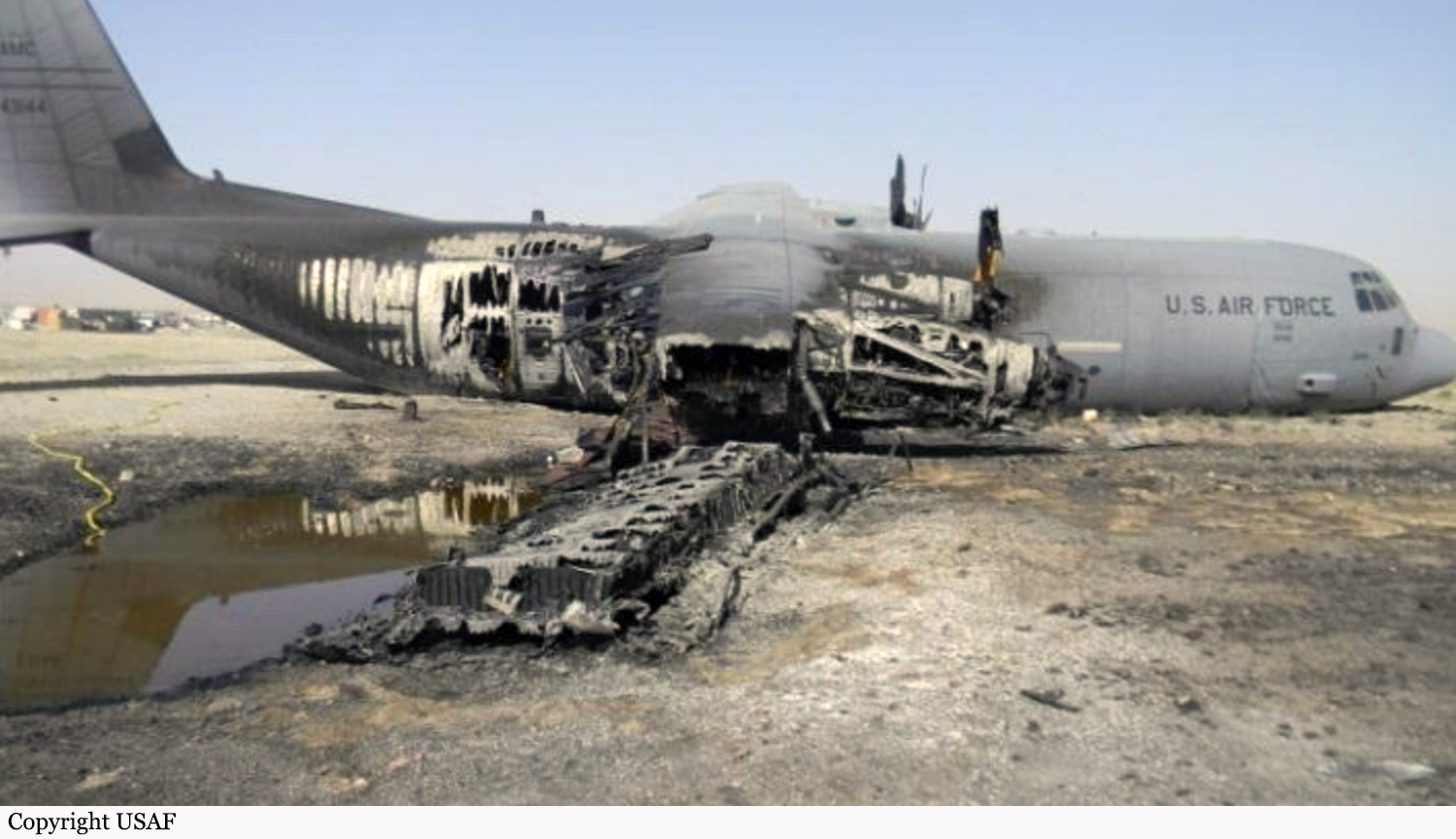

Crash of a Boeing KC-135R Stratotanker near Chaldovar: 3 killed
Date & Time:
May 3, 2013 at 1448 LT
Registration:
63-8877
Survivors:
No
Schedule:
Bishkek - Bishkek
MSN:
18725/708
YOM:
1964
Crew on board:
3
Crew fatalities:
Pax on board:
0
Pax fatalities:
Other fatalities:
Total fatalities:
3
Circumstances:
On 3 May 2013, at approximately 1448 hours local time (L), a KC-135R, tail number 63-8877, assigned to the 22d Expeditionary Air Refueling Squadron, 376th Air Expeditionary Wing, Transit Center at Manas, Kyrgyz Republic, crashed in the foothills of mountains located 6 miles south of Chaldovar, Kyrgyz Republic. The mishap crew (MC), which consisted of the mishap pilot (MP), mishap co-pilot (MCP), and mishap boom operator (MBO), perished during the accident. The mishap aircraft (MA) exploded inflight, impacted the terrain at three main locations, and burned. The MA was completely destroyed with total loss to government property estimated at $66.3 million. Upon impact, approximately 228 cubic meters of soil were contaminated with jet fuel, and three distinct craters containing a burn pattern were created. The MA’s mission was to refuel coalition aircraft in Afghanistan and then return to the Transit Center at Manas. Immediately after takeoff, the MA experienced an unexpected rapid heading change from the direction of flight known as a crab. During climb, nearly continuous rudder hunting caused the MA’s nose to hunt slowly left and right about one degree in both directions. The MP commented on the lateral control challenges and possible series yaw damper (SYD) malfunction but continued the mission without turning off either the SYD or rudder power. Approximately nine minutes into the flight, the MA began a series of increasing yaw and roll oscillations known as a dutch roll, which was undiagnosed by the MC. The MCP attempted to decrease these oscillations using manual aileron controls, as well as two brief attempts with the autopilot. The manual corrective inputs kept the oscillations from growing. The autopilot use further exacerbated the situation, and the oscillations intensified. After the second autopilot use, the MP assumed control of the MA and used left rudder to start a left turn. A subsequent series of alternating small rudder inputs, caused by the MA’s dutch roll-induced acceleration forces varying the MP’s foot pressure on the rudder pedals, sharply increased the dutch roll oscillations. Within 30 seconds, the MP made a right rudder input to roll out of the turn, exacerbating the dutch roll condition. The cumulative effects of the malfunctioning SYD, coupled with autopilot use and rudder movements during the unrecognized dutch roll, generated dutch roll forces that exceeded the MA’s design structural limits. The tail section failed and separated from the aircraft, causing the MA to pitch down sharply, enter into a high-speed dive, explode inflight and subsequently impact the ground at approximately 1448L.
Crew:
Cpt Victoria Ann Pinckney,
Cpt Mark Tyler Voss,
T/Sgt Herman Mackey III.
Crew:
Cpt Victoria Ann Pinckney,
Cpt Mark Tyler Voss,
T/Sgt Herman Mackey III.
Probable cause:
The board president found, by clear and convincing evidence, the cause of the mishap was the MA’s tail section separating due to structural overstress as a result of the MC’s failure to turn off either the SYD (Series Yaw Damper) or the rudder power and oscillating dutch roll-induced acceleration forces translating through the MP’s feet as the MP used rudder during the unrecognized dutch roll condition. Additionally, the board president found, by a preponderance of evidence, that the dutch roll was instigated by the MA’s malfunctioning Flight Control Augmentation System that caused directional instability or rudder hunting which substantially contributed to this mishap. Other substantially contributing factors include insufficient organizational training programs, crew composition, and cumbersome procedural guidance.
Final Report:
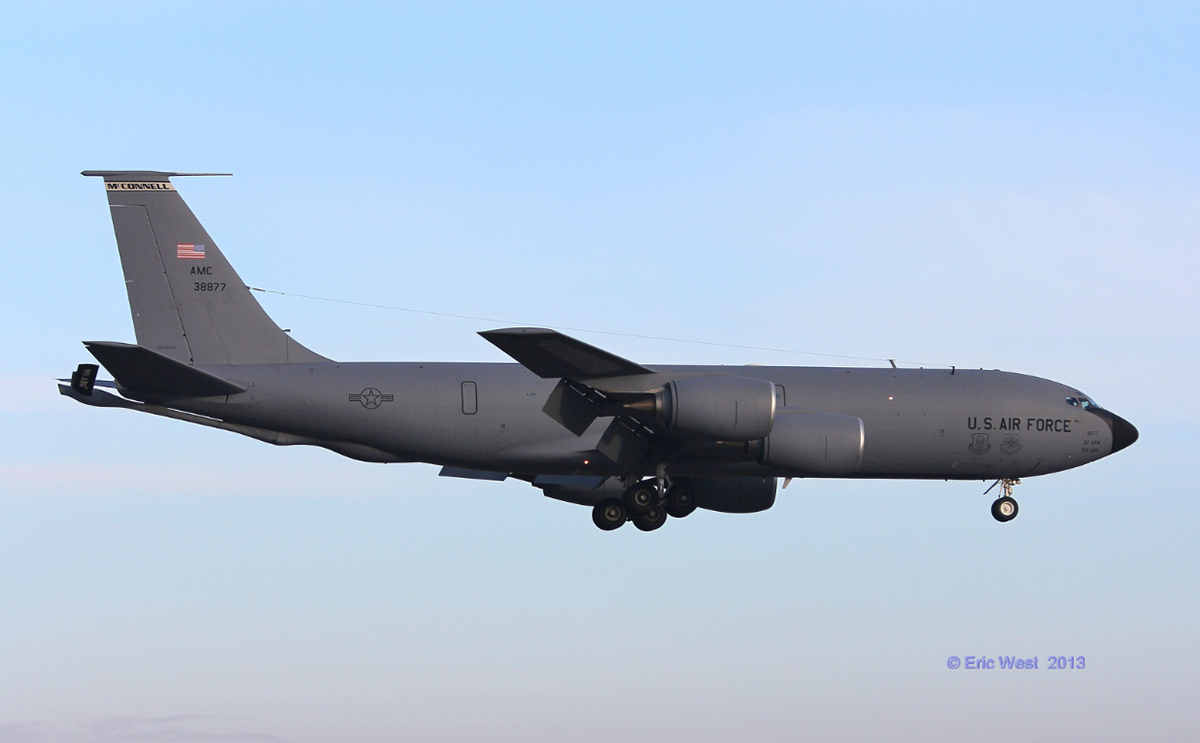



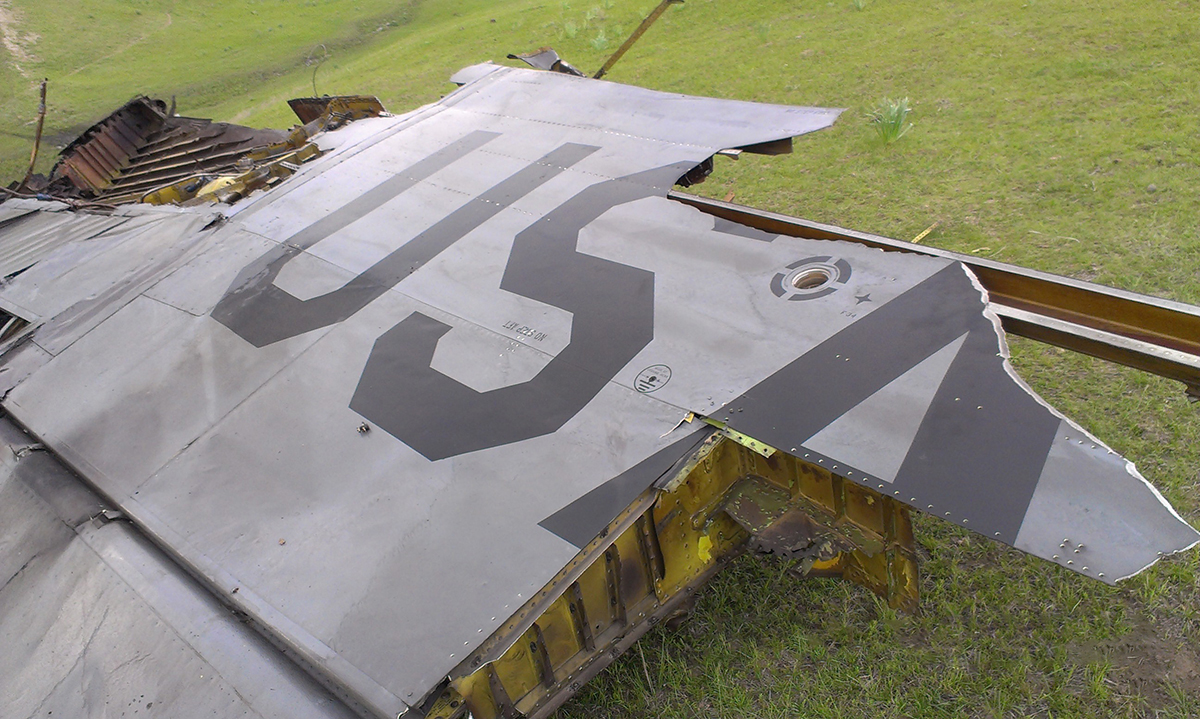

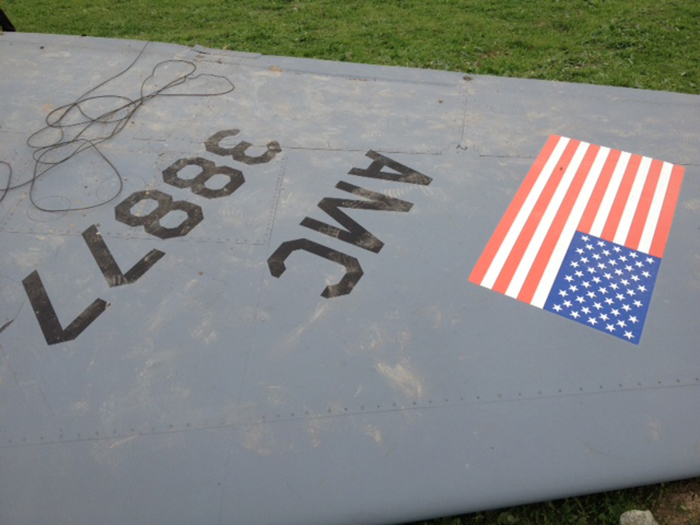
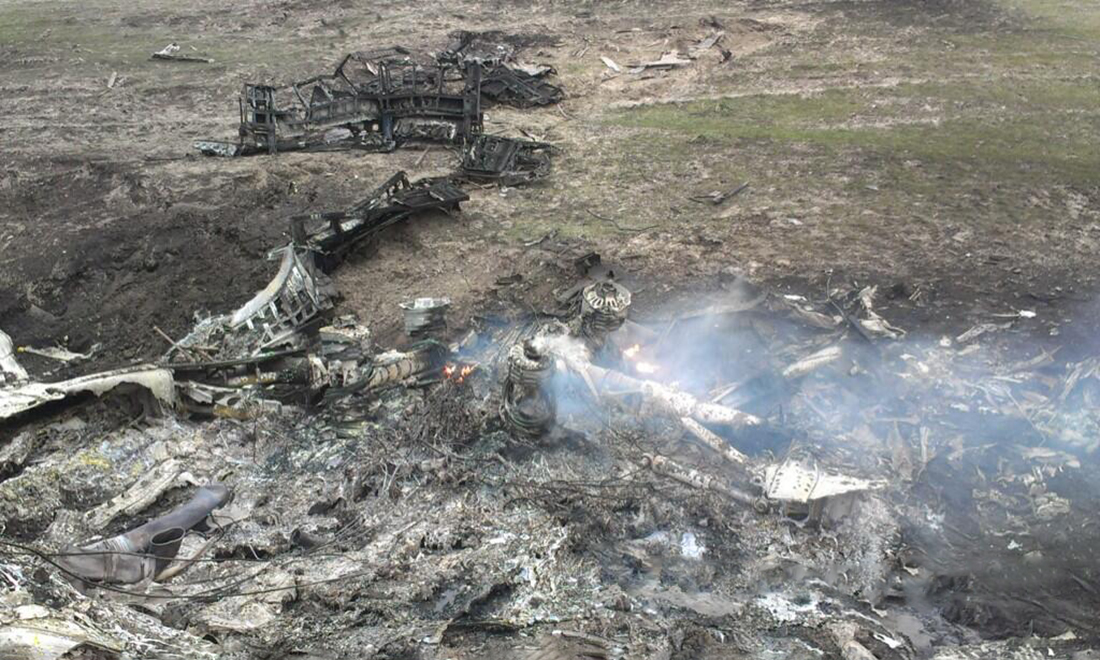
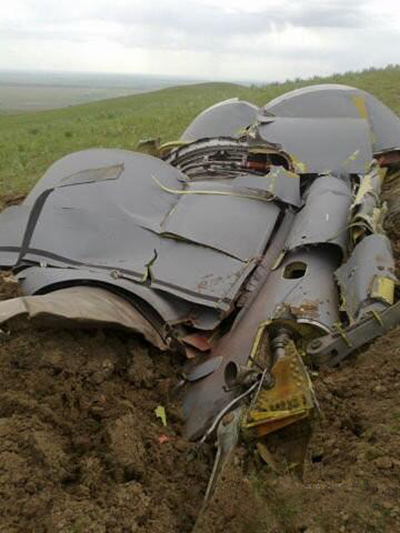

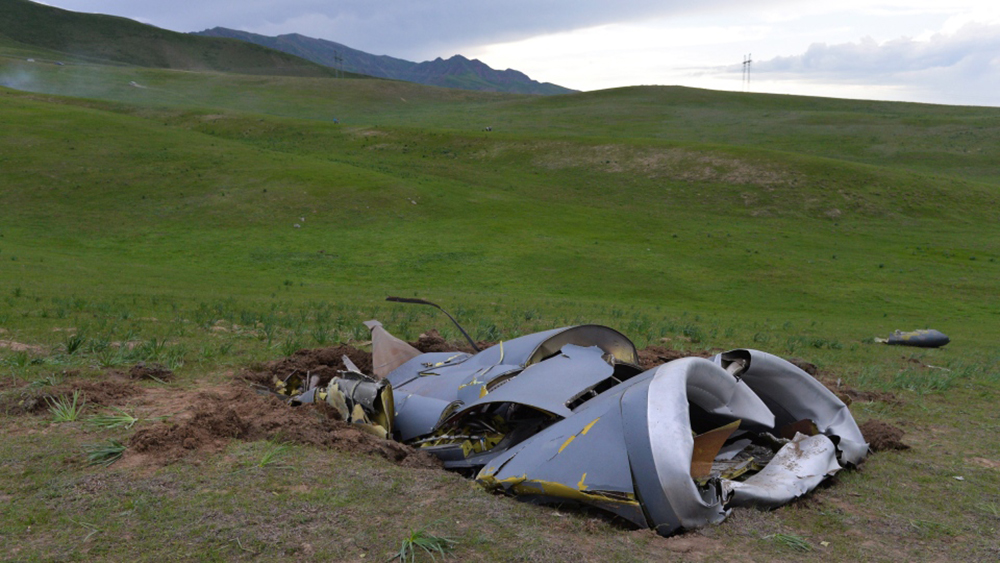

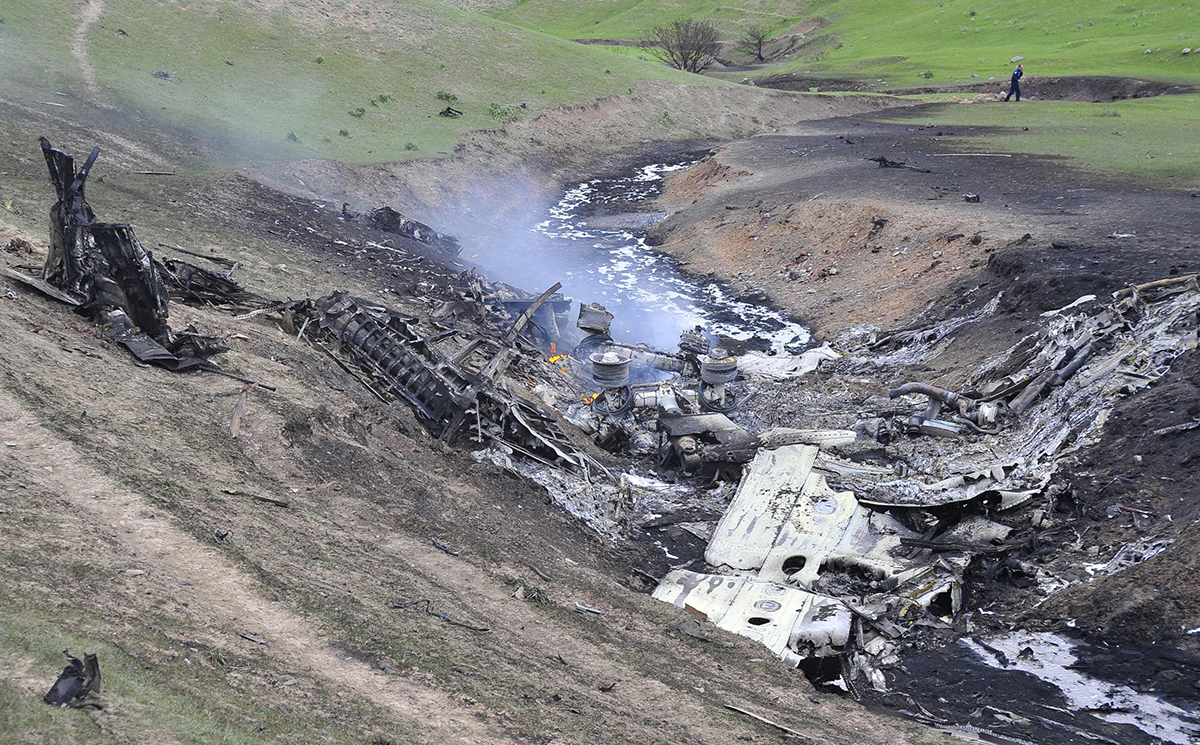
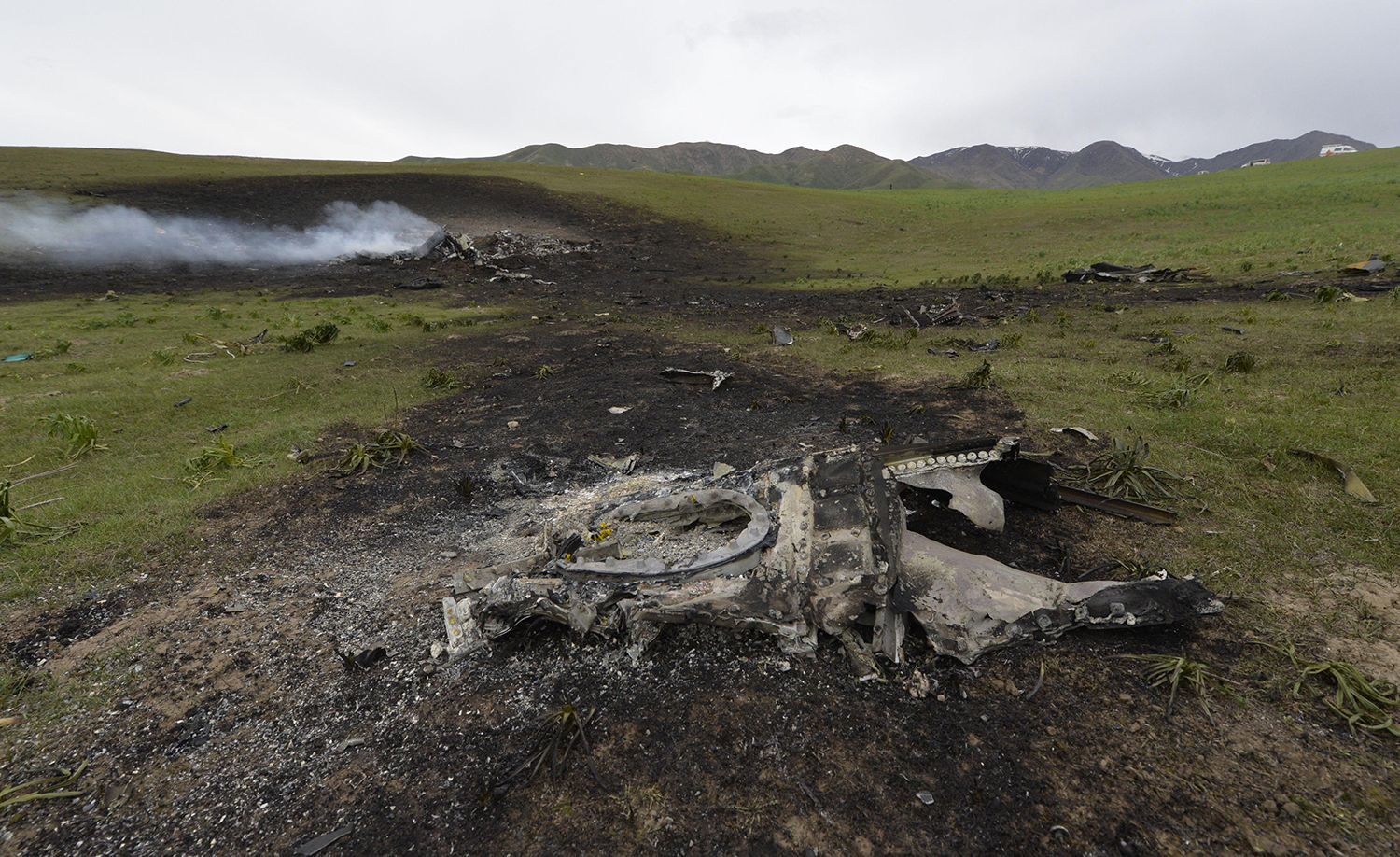
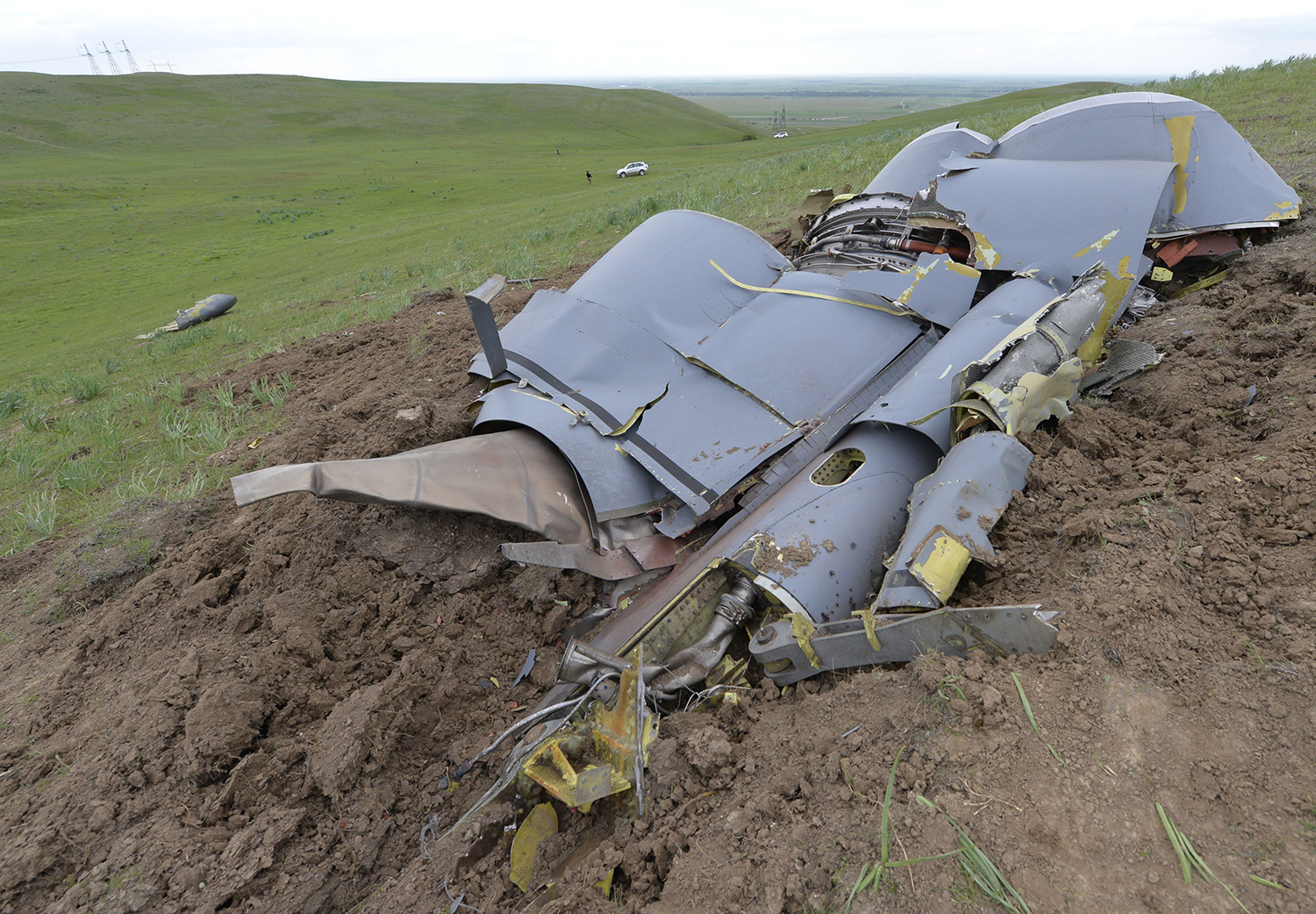
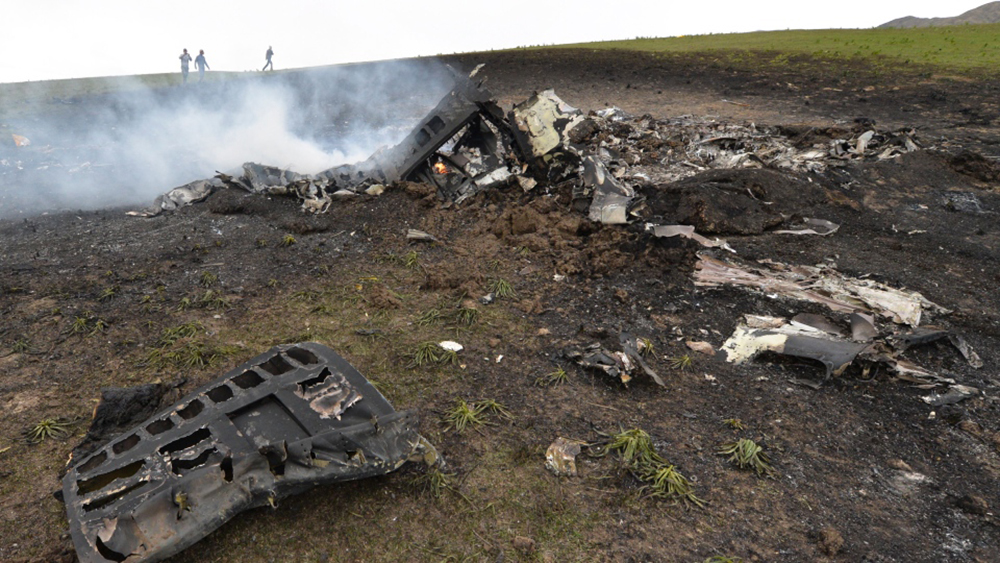

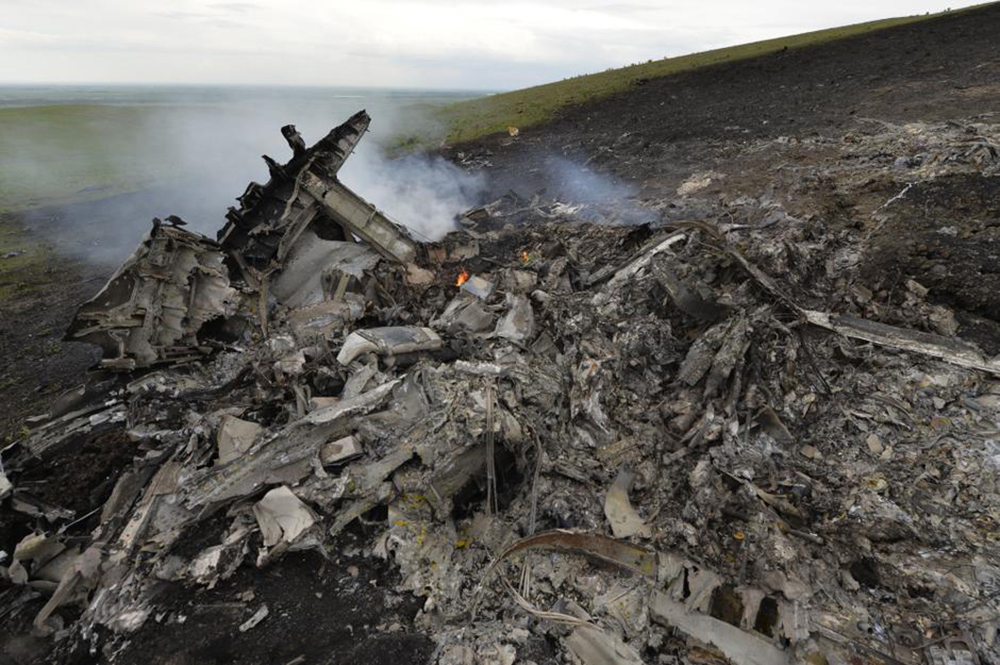

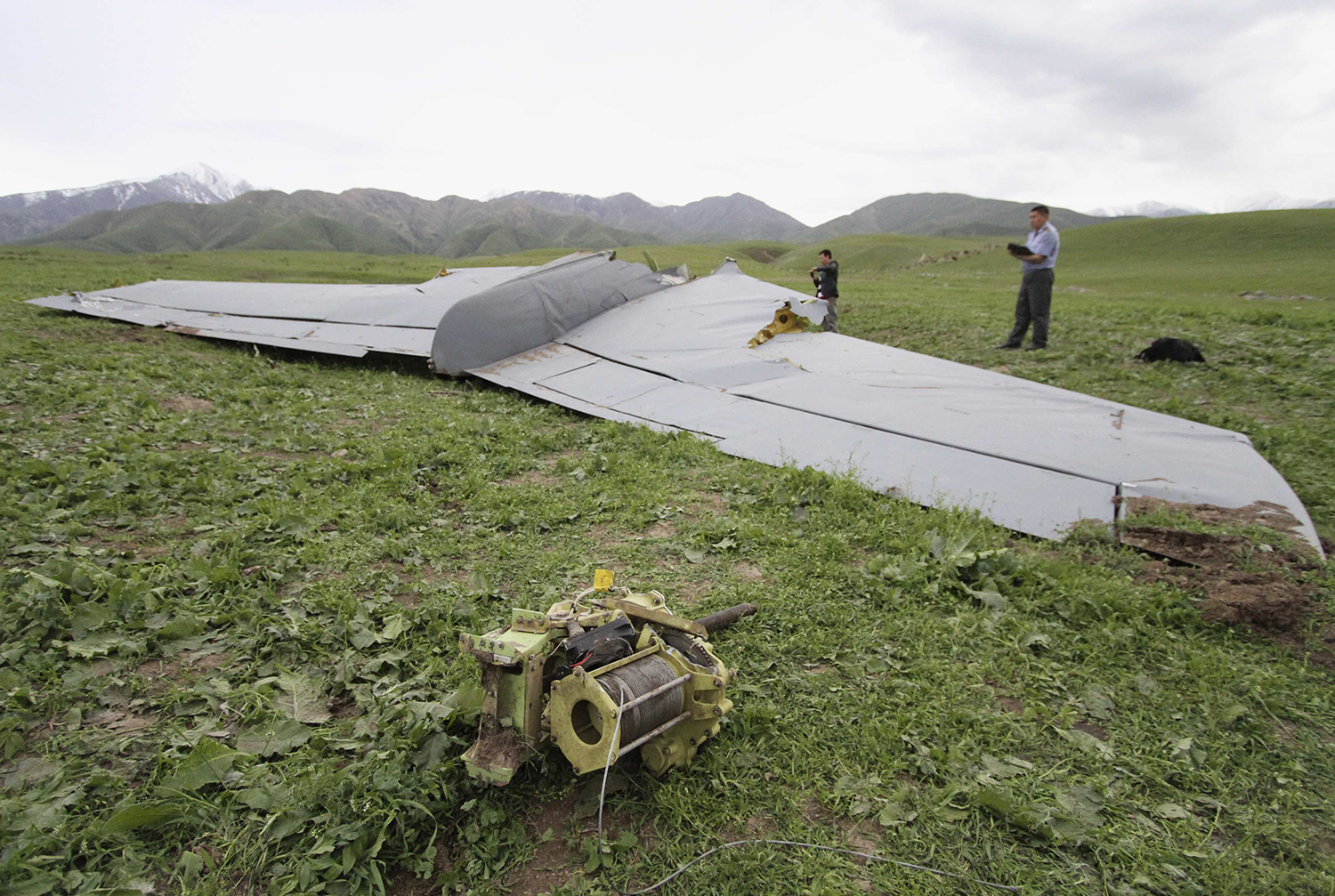
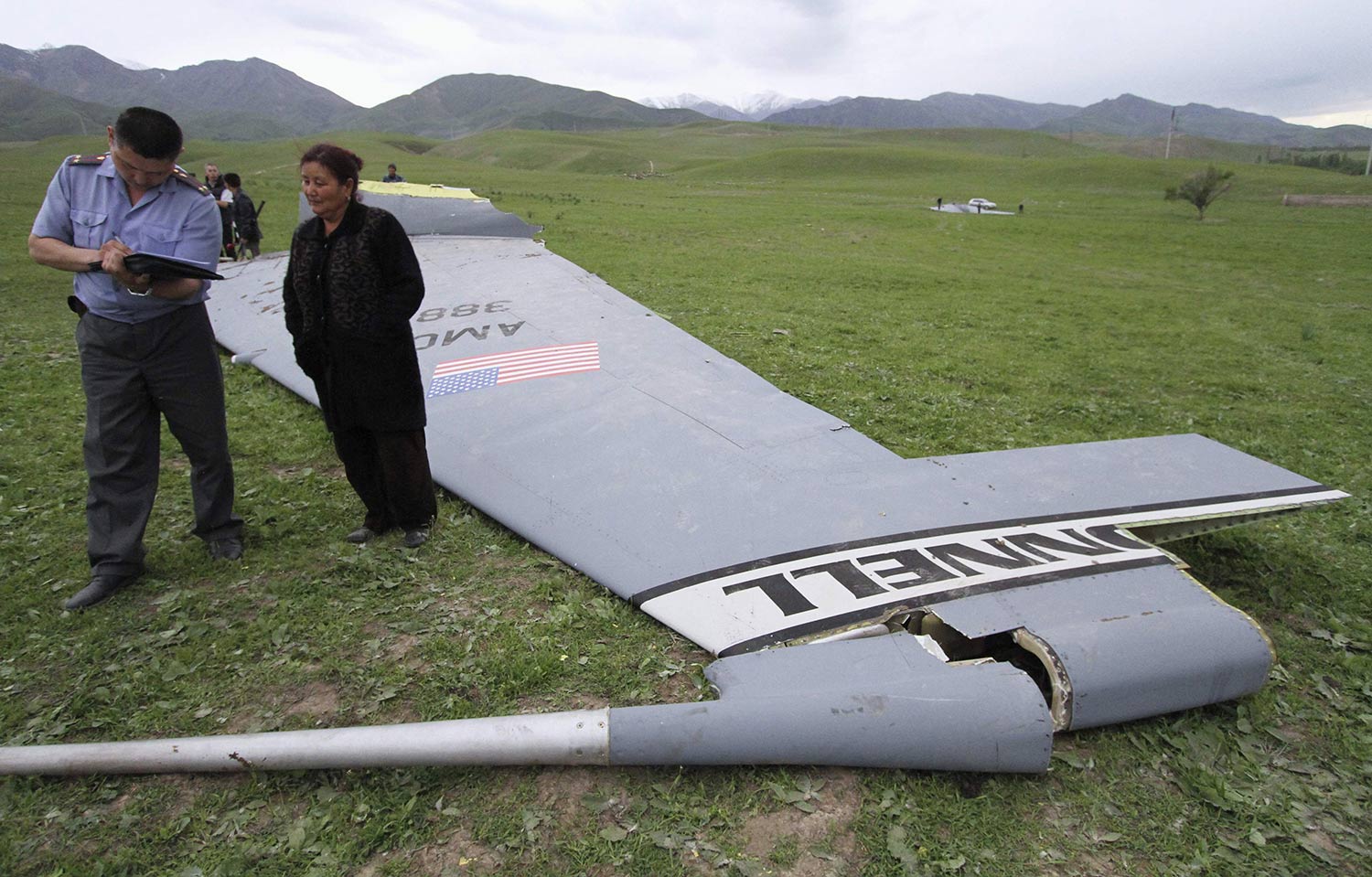
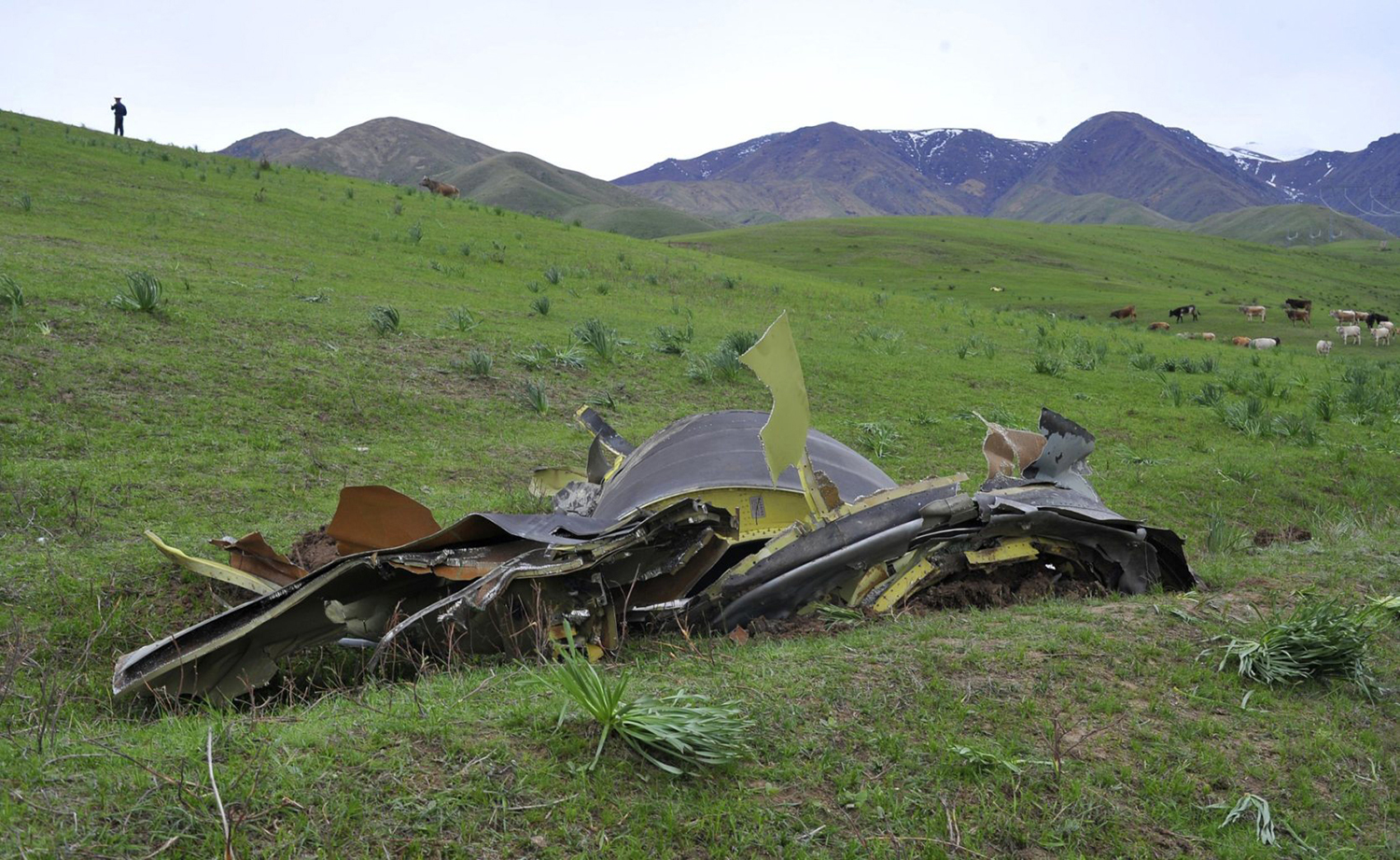
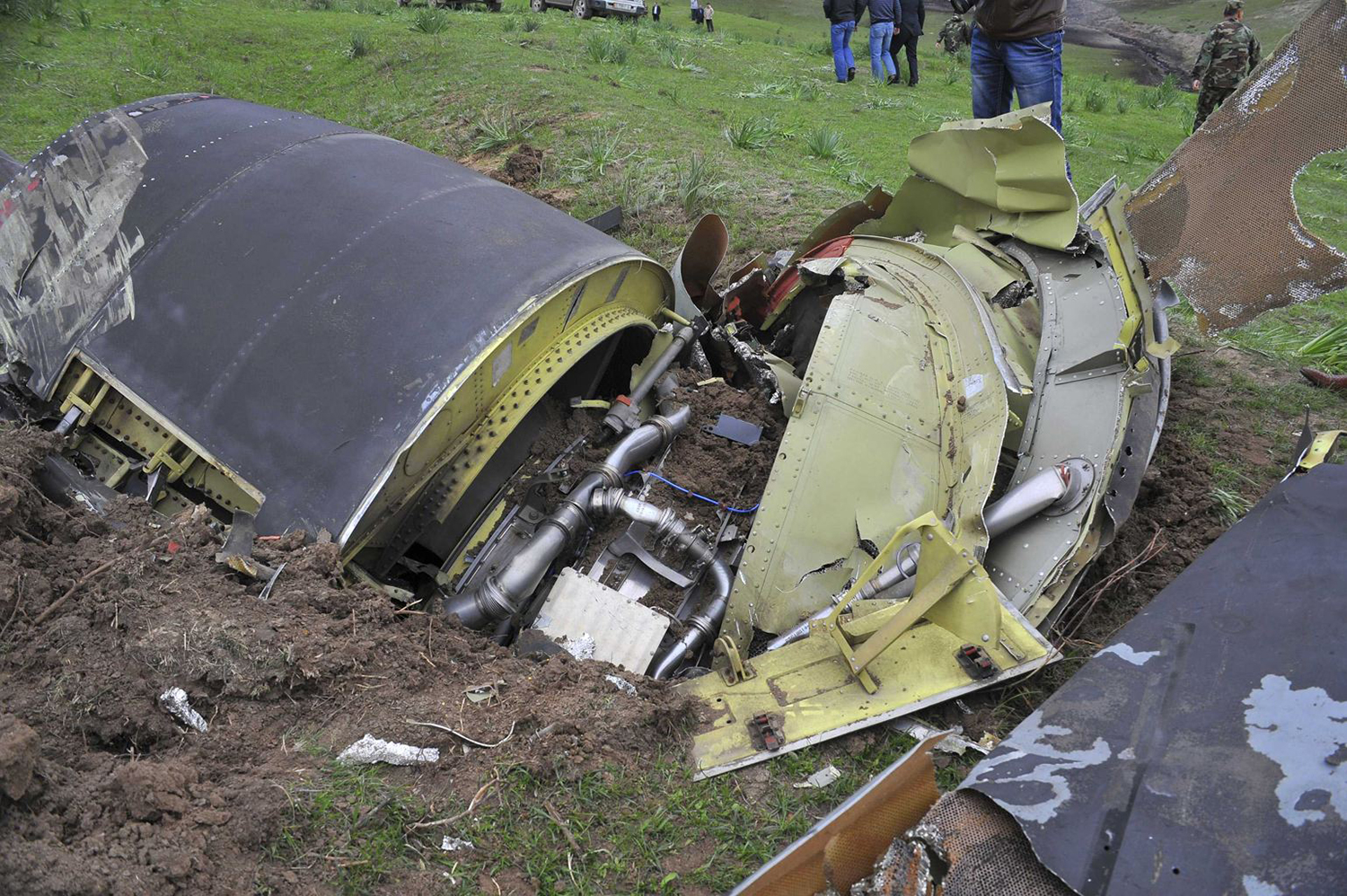
Crash of a Beechcraft MC-12W 204 km NE of Kandahar: 4 killed
Date & Time:
Apr 27, 2013 at 1243 LT
Registration:
09-0676
Survivors:
No
Schedule:
Kandahar - Kandahar
MSN:
FL-676
YOM:
2008
Flight number:
Independence 08
Crew on board:
4
Crew fatalities:
Pax on board:
0
Pax fatalities:
Other fatalities:
Total fatalities:
4
Captain / Total hours on type:
242.00
Copilot / Total hours on type:
38
Circumstances:
On 27 April 2013, at approximately 1243 local time (L) in Afghanistan, an MC-12W, tail number 09-0676 impacted terrain 110 nautical miles northeast of Kandahar Airfield (KAF) while on a combat intelligence, surveillance, and reconnaissance (ISR) mission. The four crewmembers on board were the Mishap Mission Commander (MMC), Mishap Pilot (MP), Mishap Sensor Operator (MSO), and Mishap Tactical Systems Operator (MTSO). The four airmen were killed instantly on impact and the Mishap Aircraft (MA), valued at $19.8 million, was destroyed. The crew and MA were deployed to the 361st expeditionary Reconnaissance Squadron, 451st Air Expeditionary Wing, KAF, Afghanistan. The MA, callsign Independence 08, departed KAF at 1157L and entered orbit at 1229L. The MA encountered deteriorating weather in the orbit and was climbing from 20,000 to 23,000 feet mean sea level (MSL) at 1241L to fly above the weather when the mishap occurred. In addition, the crew had found an enemy combatant and was in the process of adjusting their orbit to enhance mission success.
Probable cause:
Accident Investigation Board was conducted by USAF Brigadier General Donald J. BACON. His conclusion were as follow:
I find by clear and convincing evidence the cause of the mishap was a stall due to insufficient airspeed, while in a climbing left turn, which developed into a left spin followed quickly by a high-speed spiral, from which the crew was unable to recover. Additionally, I find, by a preponderance of evidence, each of the following three factors substantially contributed to the mishap:
orbit weather that impeded visibility and masked the horizon;
pilot inexperience in the MC-12W;
known MC-12W program risks associated with sustaining required combat capability in theater.
I find by clear and convincing evidence the cause of the mishap was a stall due to insufficient airspeed, while in a climbing left turn, which developed into a left spin followed quickly by a high-speed spiral, from which the crew was unable to recover. Additionally, I find, by a preponderance of evidence, each of the following three factors substantially contributed to the mishap:
orbit weather that impeded visibility and masked the horizon;
pilot inexperience in the MC-12W;
known MC-12W program risks associated with sustaining required combat capability in theater.
Final Report:
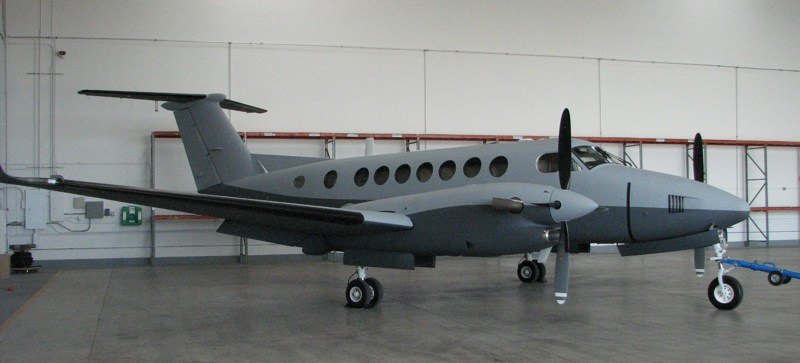
Crash of a Lockheed C-130H Hercules near Edgemont: 4 killed
Date & Time:
Jul 1, 2012 at 1738 LT
Registration:
93-1458
Survivors:
Yes
Schedule:
Colorado Springs - Colorado Springs
MSN:
5363
YOM:
1994
Crew on board:
6
Crew fatalities:
Pax on board:
0
Pax fatalities:
Other fatalities:
Total fatalities:
4
Captain / Total hours on type:
1966.00
Copilot / Total hours on type:
3647
Circumstances:
On 1 July 2012, at approximately 1738 Local time, a C-130H3, Tail Number 93-1458, assigned to the 145th Airlift Wing, North Carolina Air National Guard, Charlotte Douglas International Airport (KCLT), Charlotte, North Carolina, crashed on public land managed by the United States Forest Service (USFS), while conducting wildland firefighting operations near Edgemont, South Dakota. At the time of the mishap all members of the Mishap Crew (MC) were assigned or attached to the 156th Airlift Squadron, based at KCLT. The Mishap Crew (MC) consisted of Mishap Pilot 1 (MP1), Mishap Pilot 2 (MP2), Mishap Navigator (MN), Mishap Flight Engineer (ME), Mishap Loadmaster 1 (ML1) and Mishap Loadmaster 2 (ML2). For the mishap sortie, MP1 was the aircraft commander and pilot flying in the left seat. MP2 was in the right seat as the instructor pilot. MN occupied the navigator station on the right side of the flight deck behind MP2. ME was seated in the flight engineer seat located between MP1 and MP2, immediately aft of the center flight console. ML1 and ML2 were seated on the Modular Airborne Fire Fighting System (MAFFS) unit, near the right paratroop door. ML1 occupied the aft MAFFS control station seat and ML2 occupied the forward MAFFS observer station seat. MP1, MP2, MN and ME died in the mishap. ML1 and ML2 survived the mishap, but suffered significant injuries. The mishap aircraft (MA) and a USFS-owned MAFFS unit were destroyed. The monetary loss is valued at $43,453,295, which includes an estimated $150,000 in post aircraft removal and site environmental cleanup costs. There were no additional fatalities, injuries or damage to other government or civilian property.
Probable cause:
The accident investigation report released by the Air Force Air Mobility Command said:
I developed my opinion by inspecting the mishap site and wreckage, as well as analyzing factual data from the following: historical records, Air Force directives and guidance, USFS and Interagency guidance, reconstructing the mishap sortie in a C-130H3 simulator, engineering analysis, witness testimony, flight data, weather radar data, computer animated reconstruction, consulting with subject matter experts and information provided by technical experts. The failure of the Digital Flight Data Recorder severely complicated the recreation of the mishap, and impacted my ability to determine facts in this investigation. I find by clear and convincing evidence the cause of the mishap was MPl, MP2, MN and ME's inadequate assessment of operational conditions, resulting in the MA impacting the ground after flying into a microburst. Additionally, I find by the preponderance of evidence, the failure of the White Draw Fire Lead Plane aircrew and Air Attack aircrew to communicate critical operational information; and conflicting operational guidance concerning thunderstorm avoidance, substantially contributed to the mishap.
I developed my opinion by inspecting the mishap site and wreckage, as well as analyzing factual data from the following: historical records, Air Force directives and guidance, USFS and Interagency guidance, reconstructing the mishap sortie in a C-130H3 simulator, engineering analysis, witness testimony, flight data, weather radar data, computer animated reconstruction, consulting with subject matter experts and information provided by technical experts. The failure of the Digital Flight Data Recorder severely complicated the recreation of the mishap, and impacted my ability to determine facts in this investigation. I find by clear and convincing evidence the cause of the mishap was MPl, MP2, MN and ME's inadequate assessment of operational conditions, resulting in the MA impacting the ground after flying into a microburst. Additionally, I find by the preponderance of evidence, the failure of the White Draw Fire Lead Plane aircrew and Air Attack aircrew to communicate critical operational information; and conflicting operational guidance concerning thunderstorm avoidance, substantially contributed to the mishap.
Final Report:
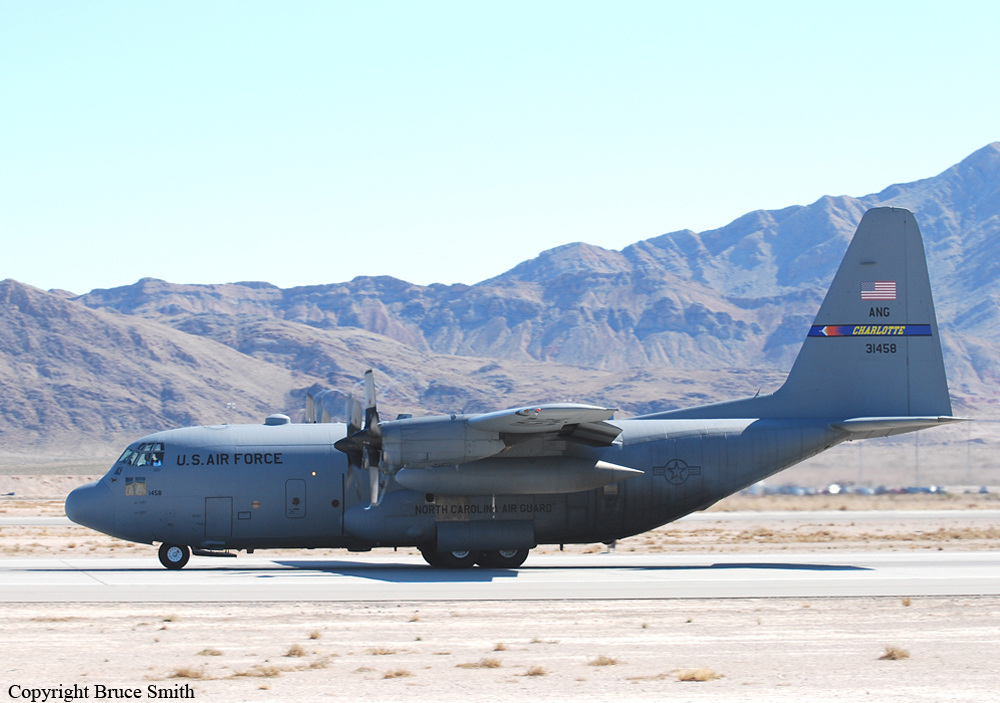
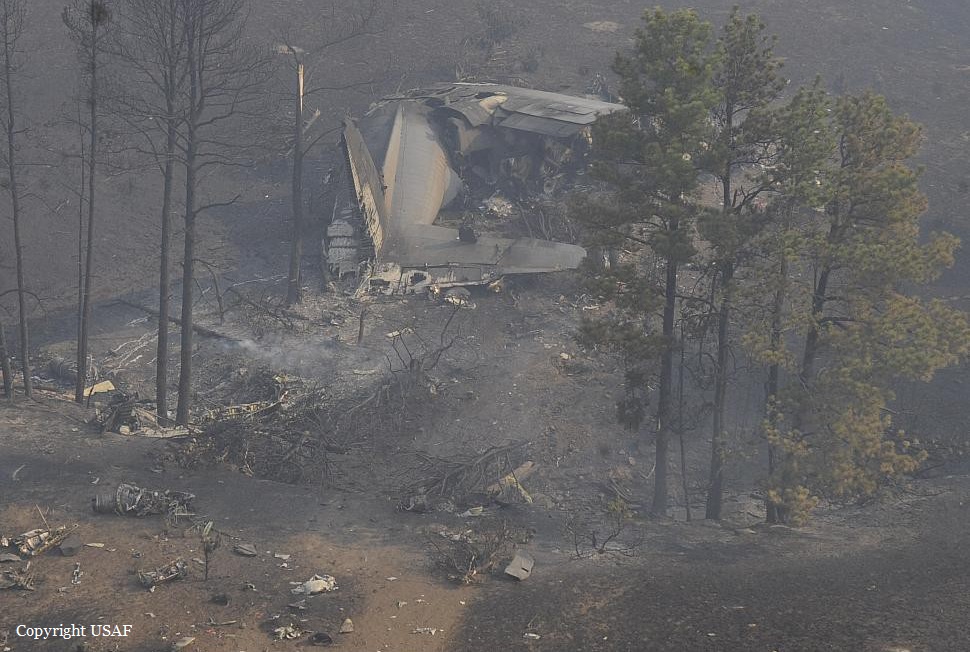
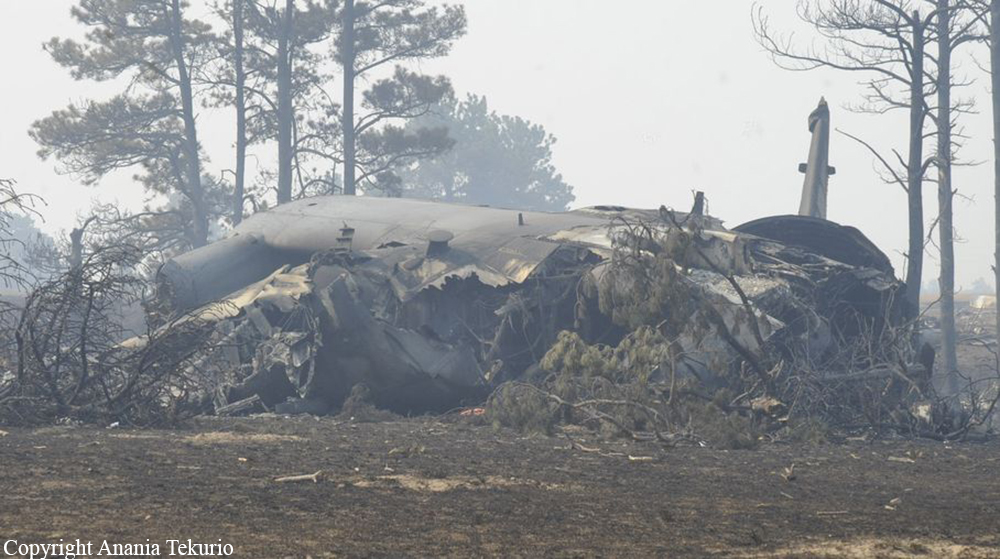
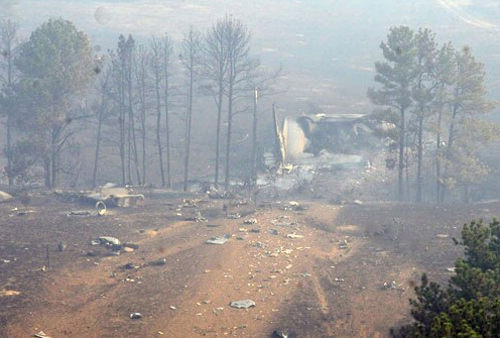
Crash of a Pilatus U-28A near Djibouti City: 4 killed
Date & Time:
Feb 18, 2012 at 1918 LT
Registration:
07-0736
Survivors:
No
Schedule:
Djibouti City - Djibouti City
MSN:
0736
YOM:
2006
Crew on board:
4
Crew fatalities:
Pax on board:
0
Pax fatalities:
Other fatalities:
Total fatalities:
4
Captain / Total hours on type:
2213.00
Copilot / Total hours on type:
1245
Circumstances:
On 18 February 2012, at approximately 1918 local time (L), a United States Air Force U-28A aircraft, tail number 07-0736, crashed five nautical miles (NM) southwest of Ambouli International Airport, Djibouti. This aircraft was assigned to the 34th Special Operations Squadron, 1st Special Operations Wing, Hurlburt Field, FL, and deployed to the 34th Expeditionary Special Operations Squadron, Camp Lemonnier, Djibouti. The aircraft was destroyed and all four aircrew members died instantly upon impact. The mishap aircraft (MA) departed Ambouli International Airport, Djibouti at 1357L, to accomplish a combat mission in support of a Combined Joint Task Force. The MA proceeded to the area of responsibility (AOR), completed its mission in the AOR and returned back to Djiboutian airspace at 1852L arriving overhead the airfield at 1910L to begin a systems check. The MA proceeded south of the airfield at 10,000 feet (ft) Mean Sea Level (MSL) for 10 NM then turned to the North towards the airfield, accomplished a systems check and requested entry into the pattern at Ambouli International Airport. This request was denied due to other traffic, and the MA was directed to proceed to the west and descend by Air Traffic Control (ATC). The MA began a left descending turn to the west and was directed by ATC to report final. The mishap crew (MC) reported they were passing through 4,000 ft MSL and would report when established on final approach. The MA, continuing to descend, initiated a right turn then reversed the turn entering a left turn while continually and smoothly increasing bank angle until reaching 55 degrees prior to impact. Additionally, the MA continued to steadily increase the descent rate until reaching 11,752 ft per minute prior to impact. The MC received aural “Sink Rate” and “Pull Up” alerts with no apparent corrective action taken. The MA impacted the ground at approximately 1918L, 5 NM southwest of Ambouli International Airport, Djibouti.
Probable cause:
The MC never lost control of the aircraft; there are no indications of mechanical malfunction; and there are no indications the crew took any actions to control or arrest the descent rate and nose down attitude. The evidence demonstrates that the MC did not recognize the position of the aircraft and, as a result, failed to take appropriate corrective actions. The only plausible reason for the MC not recognizing the situation or reacting to aural alerts is the cognitive disconnect associated with spatial disorientation. The Board President found that the clear and convincing evidence indicated the cause of the mishap was unrecognized spatial disorientation. Additionally, the Board President found by a preponderance of the evidence that failing to crosscheck and ignoring the “Sink Rate” caution substantially contributed to the mishap.
Final Report:


